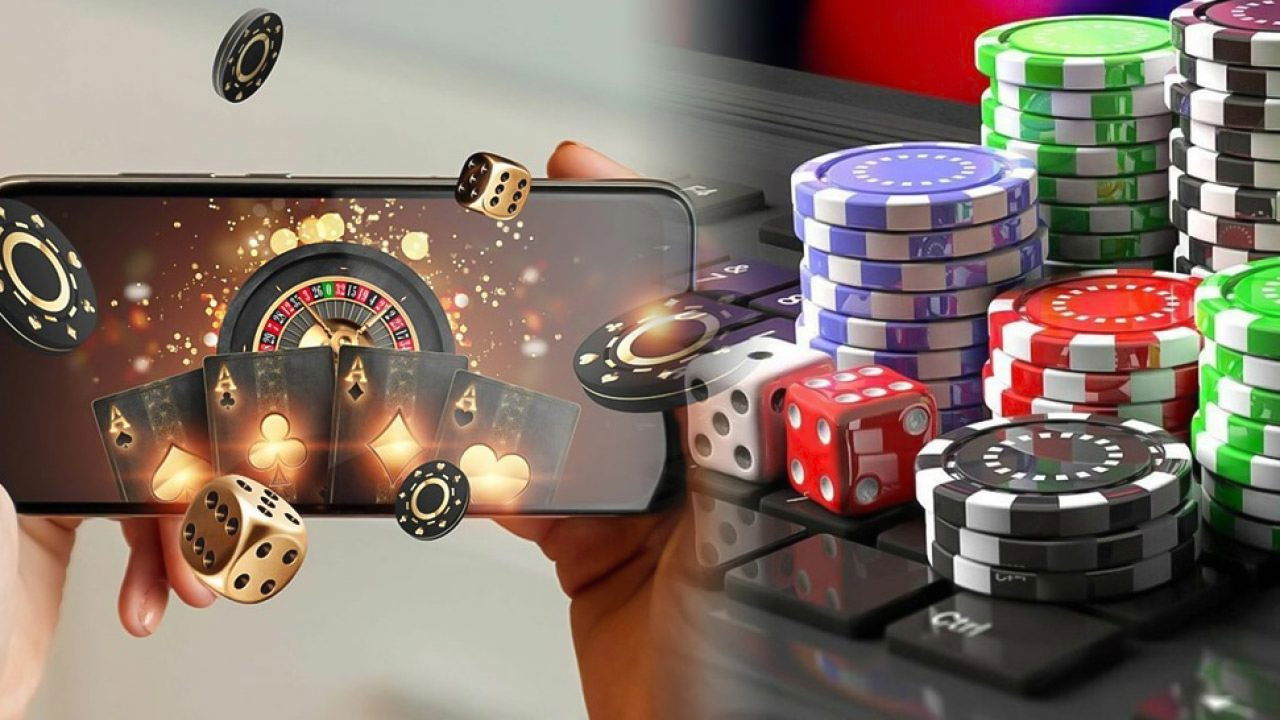Art exhibitions suffice as a gateway to the worldly concern of art, providing a unique chance to wage with a various range of original expressions. These curated gatherings of artwork allow individuals to delve into the depths of artistic visual sensation and research the rich tapestry of human being resourcefulness. Whether you are an art partisan, a interested observer, or simply quest inspiration, visiting art exhibitions offers an enriching see that can deepen your understanding and taste of the art worldly concern.
The Definition of An Art Exhibition
Art exhibitions are like the Super Bowl of the art earth. They bring together a solicitation of artworks, with kid gloves curated to produce a visually attractive and thought process-provoking undergo. It is like walk into an creator wonderland, where every fondle of blusher, every chiselled wind, and every captured moment tells a unique account.
Art exhibitions have a rich history that dates back centuries. In fact, they have played a essential role in shaping the artwork world as we know it now. From the first-ever registered in 1667 at the Salon de Paris to the infamous avant-garde exhibitions that revolutionised nontextual matter in the early 20th , these events have been implemental in promoting artists, showcasing new styles, and stimulating societal norms. They have become a platform for artistic verbal expression and a hub for art enthusiasts to gather and appreciate creativeness in all its forms.
The Importance of Visiting Art Exhibitions
Ever wondered why populate flock to art exhibitions like seagulls to a French fry? Well, apart from the free wine and (which is always a plus), visiting Embracing All of Me (book title) exhibitions in Melbourne allows you to broaden your cultural horizons. It is like taking a virtual trip around the earth, immersing yourself in different cultures and perspectives without going your vicinity. You get to see artworks that reflect the topical anesthetic traditions and story, as well as pieces that challenge social group norms and push boundaries. It is an eye-opening go through that can ignite your curiosity and intensify your sympathy of the earth we live in.
Let us face it, looking at art on a test just doesn’t cut it. Art is meant to be practiced in person, where you can feel the brushstrokes, see the texture, and appreciate the scale. It is like observation your favourite motion picture in the theater versus on your call up- the touch on is just not the same. Visiting an art exhibition in Melbourne will give you the to swallow yourself in the atmosphere of creativeness, encircled by like-minded individuals who partake your rage for artwork. Plus, it is an opportunity to unplug from the whole number earthly concern and engage with art on a more human being dismantle.
Understanding Art: Exploring Different Art Forms
Ah, the classics. Painting and have been around since the dawn of time(well, almost) and bear on to be some of the most popular artworks. From the masterpieces of the Renaissance to coeval workings that take exception orthodox techniques, paintings and drawings volunteer a windowpane into the artist’s soul. Each fondle of the sweep or pencil reveals a earth of emotions, storytelling, and subjective verbalism.
Sculpture is like a three-dimensional dance between the creative person and the medium. Whether it is pit, clay, metallic element, or any other stuff, sculptors have the supernatural ability to bring up life to their creations. From lofty monuments to ticklish figurines, sculptures invite us to search form, texture, and quad in a tangible way. They can inspire awe, suggest emotions, and even make you reflect the substance of macrocosm(or at least make you strike your head in mix-up).
In a world where everyone has a tv camera in their pocket, picture taking has become a present art form. But don’t let that dissuade you from appreciating the science and creativity that goes into capturing a hone moment. Photographs suspend time, conserving memories, emotions, and the sweetheart of the worldly concern we often take for granted. They can transfer us to remote lands, reflect a get down on mixer issues, or simply make us grinning at the wonders of routine life.
Interpreting Art: Techniques and Approaches
Formal depth psychology is like the Sherlock Holmes go about to renderin art. It involves intimately examining the seeable elements of a work- the writing, tinge pallette, line quality, and overall design. By dissecting these elements, we can gain insights into the artist’s intentions, aesthetic choices, and the feeling impact of the graphics.
Artists often use symbols and imaging to transmit deeper meanings in their work. Iconography and symbolization are like decipherment closed book messages concealed within the nontextual matter. It involves unravelling the appreciation, existent, and subjective associations behind certain symbols, colours, or objects. This set about allows us to sympathize the artist’s premeditated messages and the layers of signification behind their creations.
Context is king when it comes to interpretation artworks. Understanding the existent, taste, and social context in which an artwork was created can ply worthy insights into its meaning. By considering the artist’s life story, the art social movement of the time, and the societal issues that influenced their work, we can hold on the broader meaning of the graphics and appreciate it on a deeper tear down.




